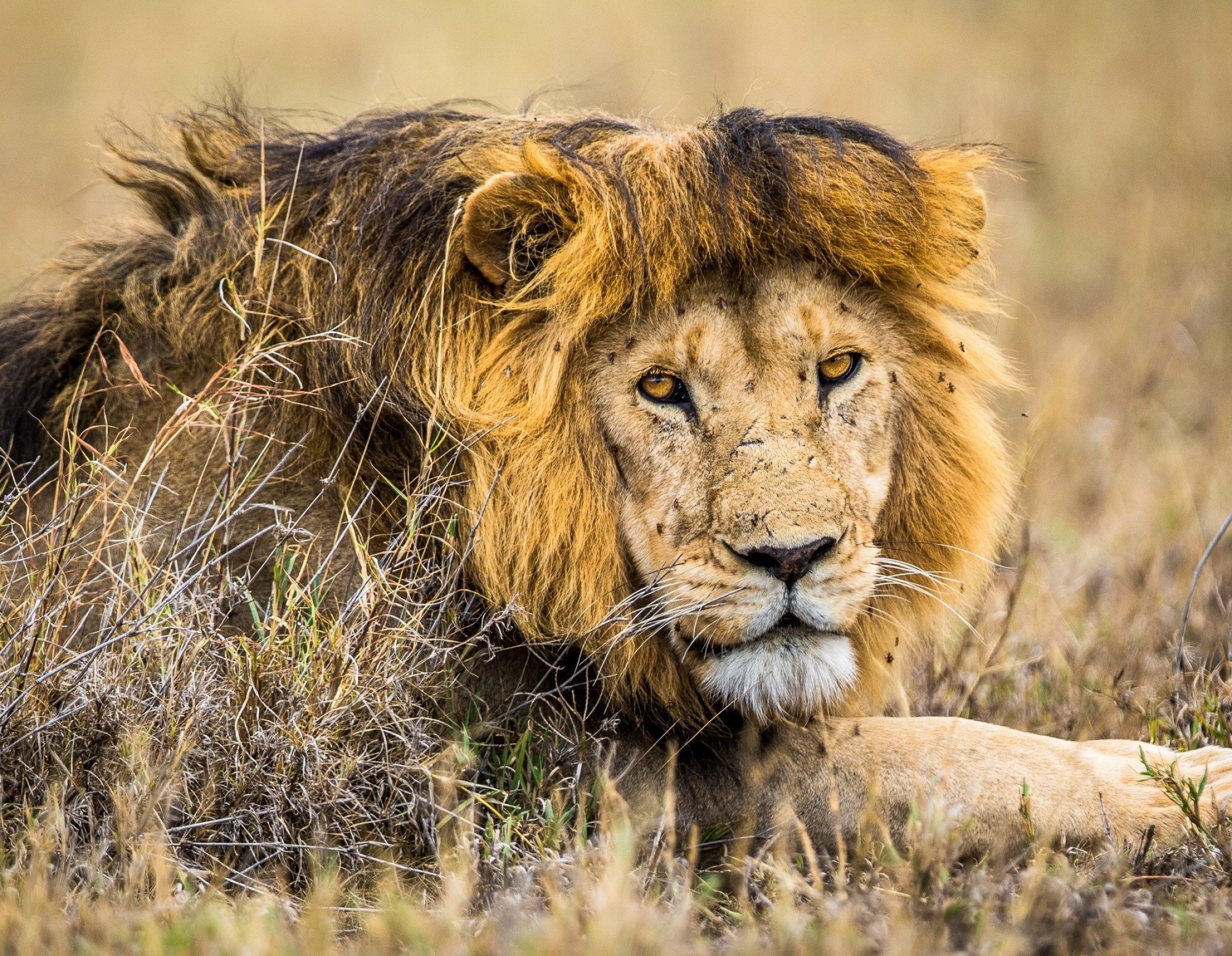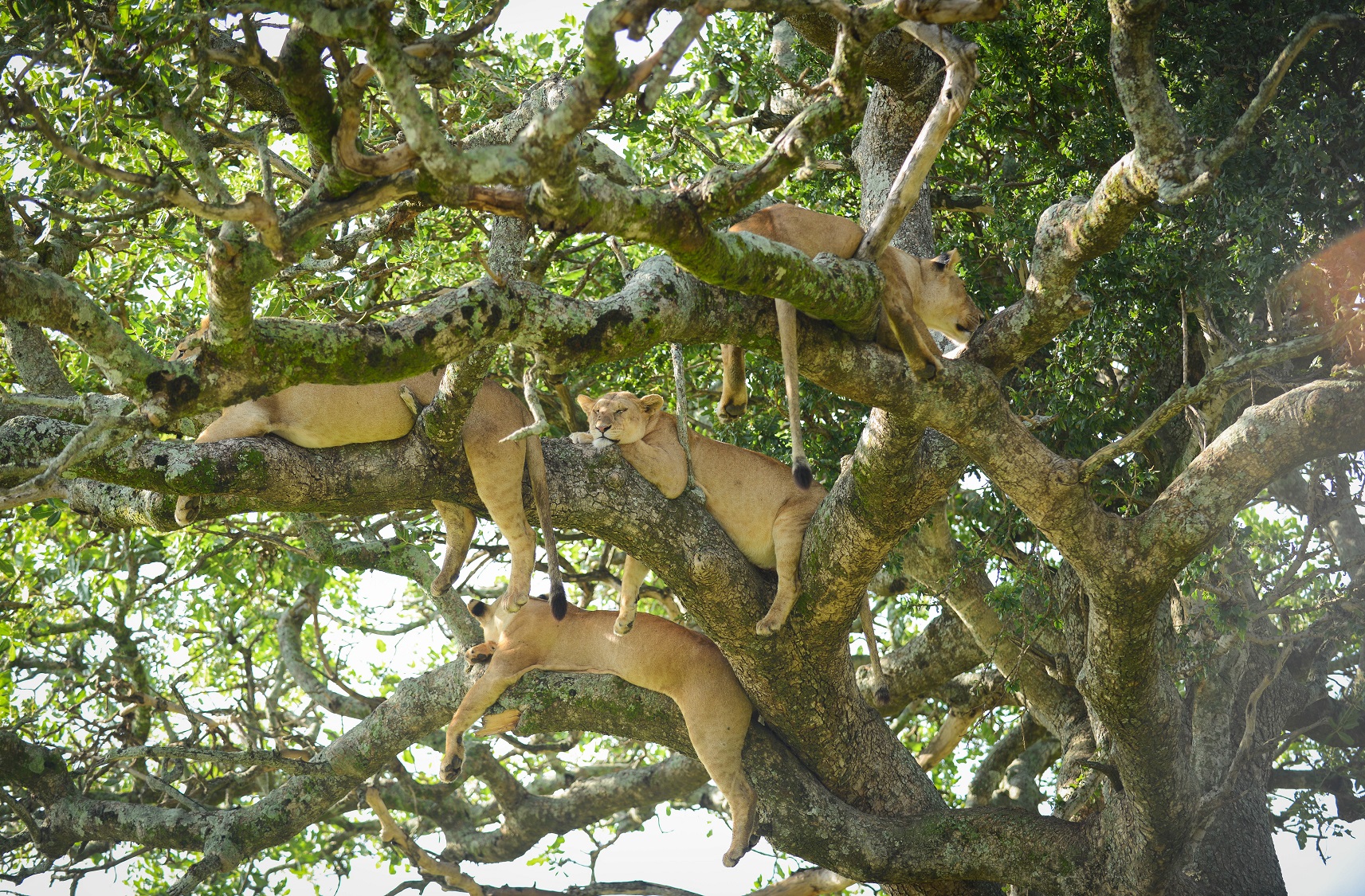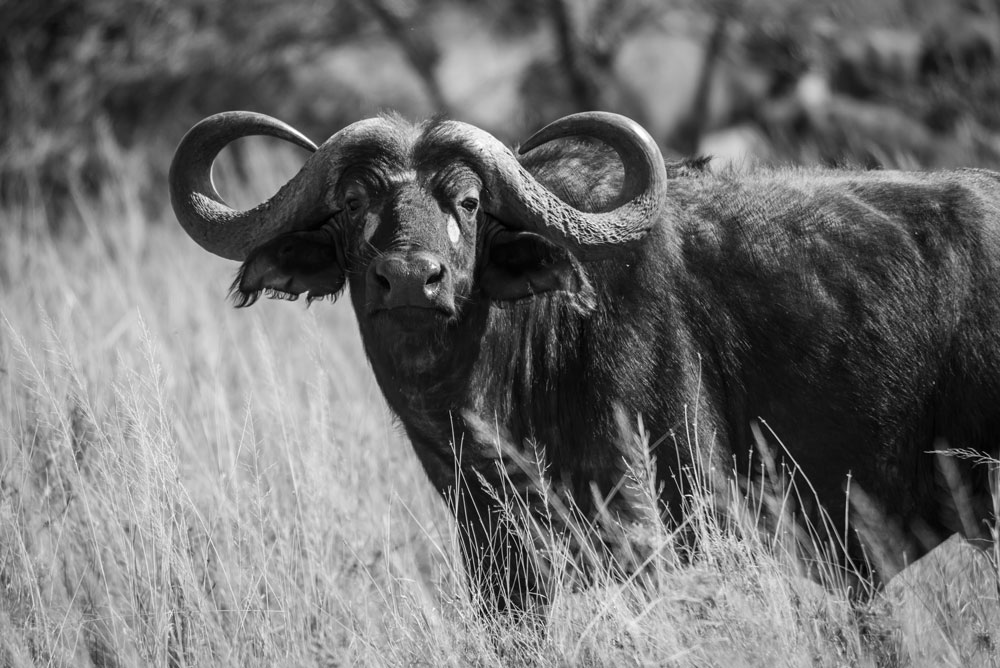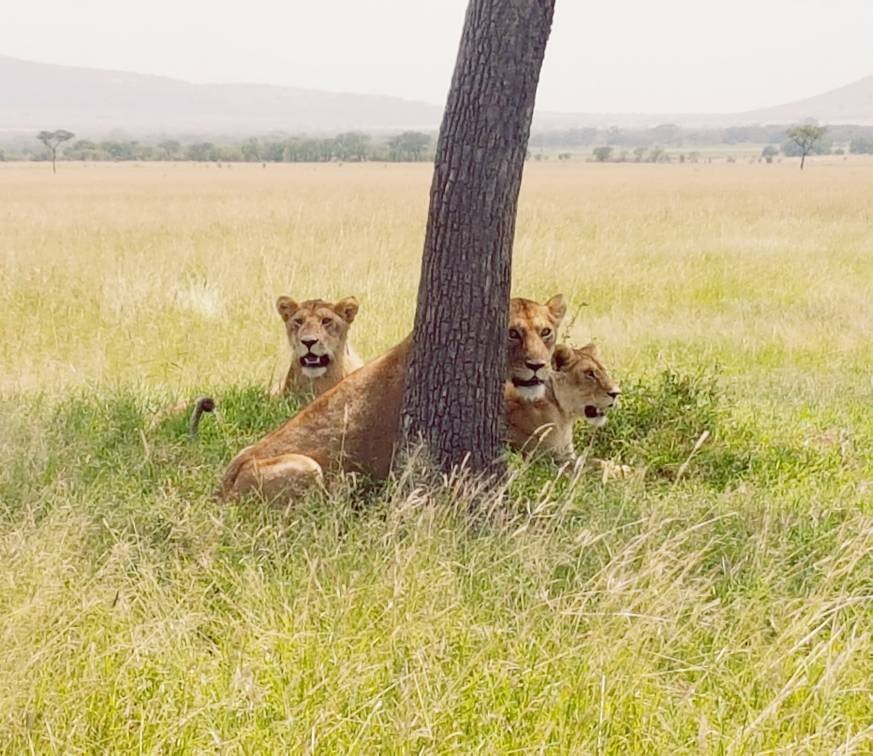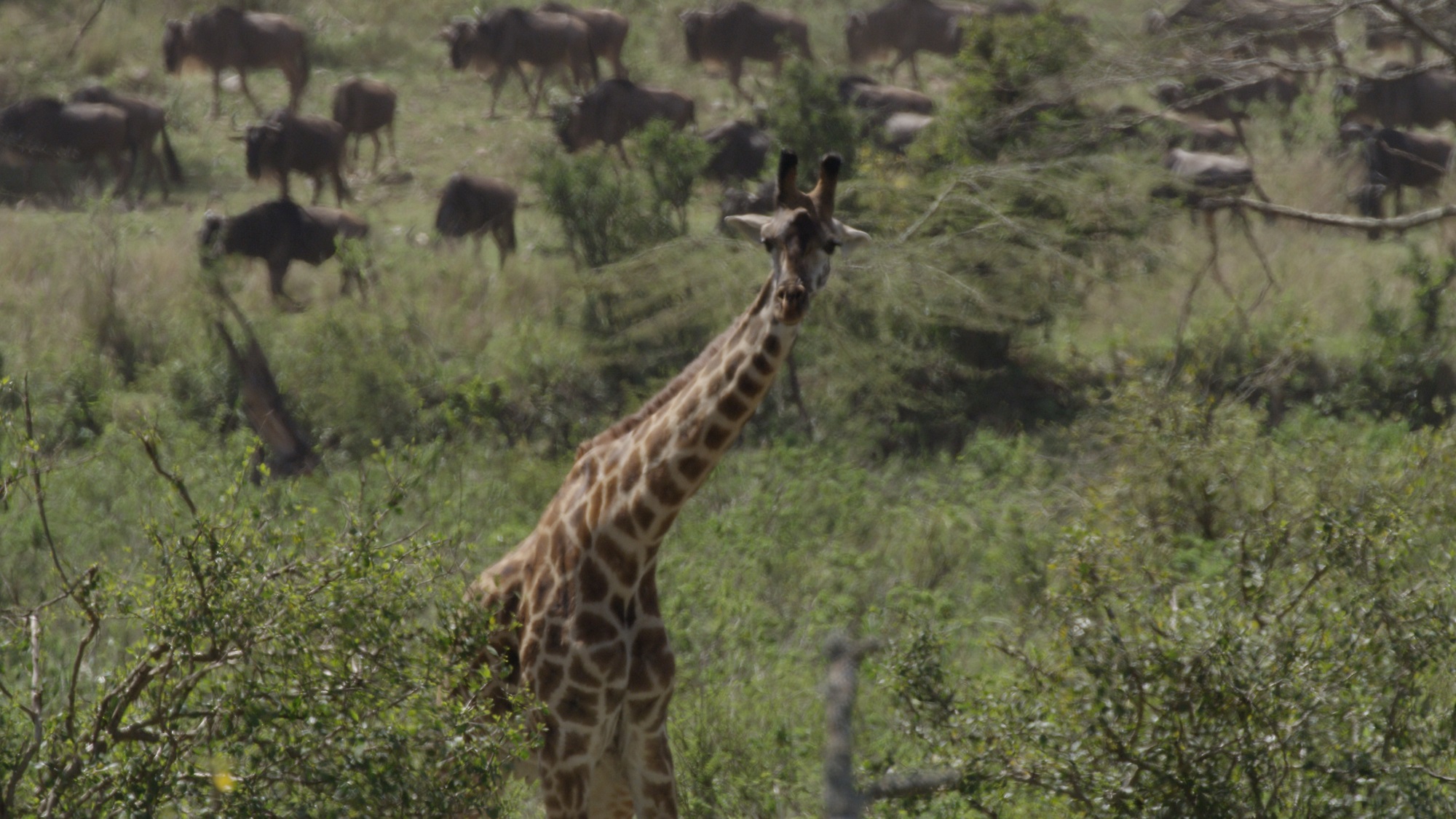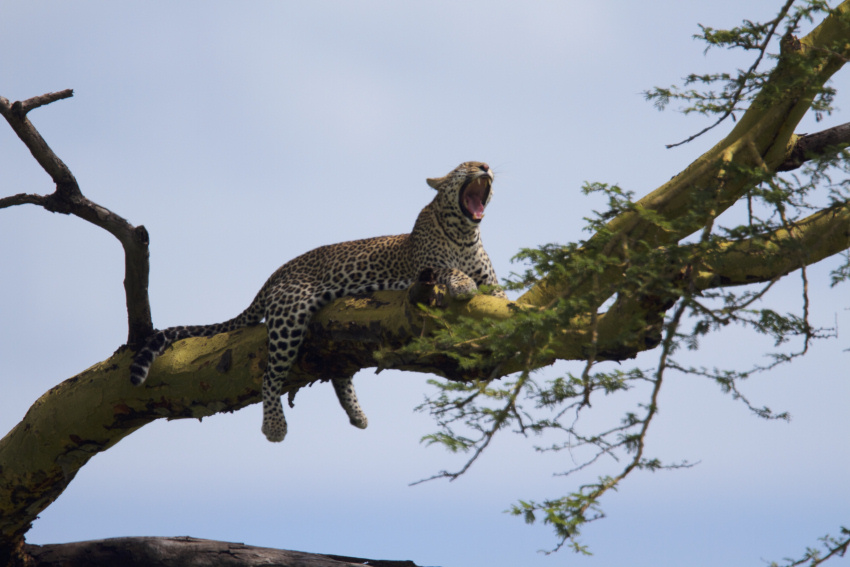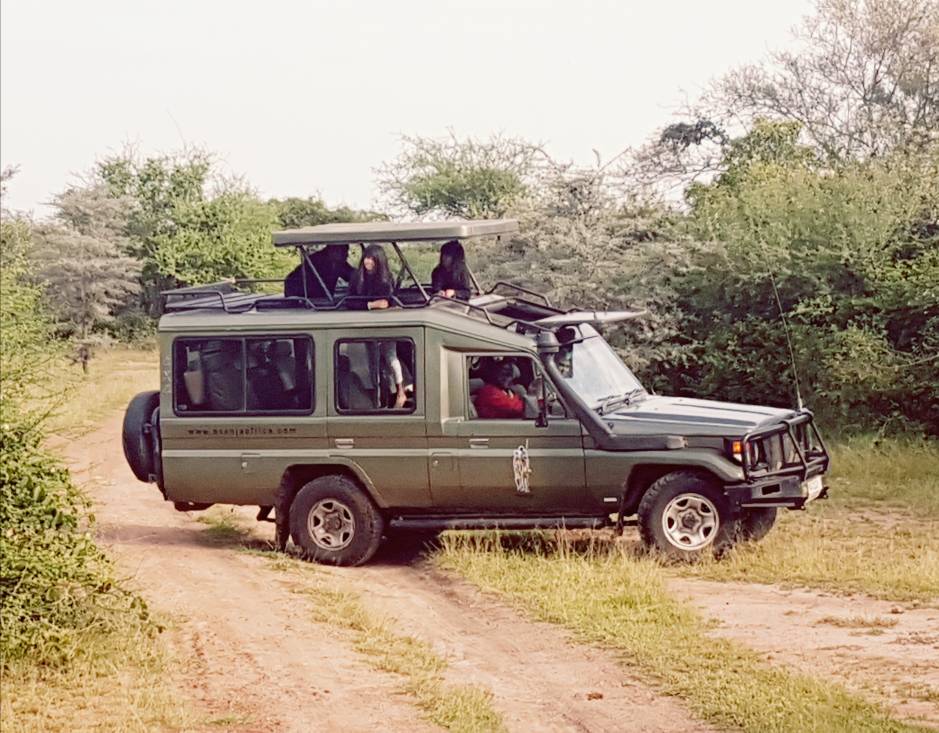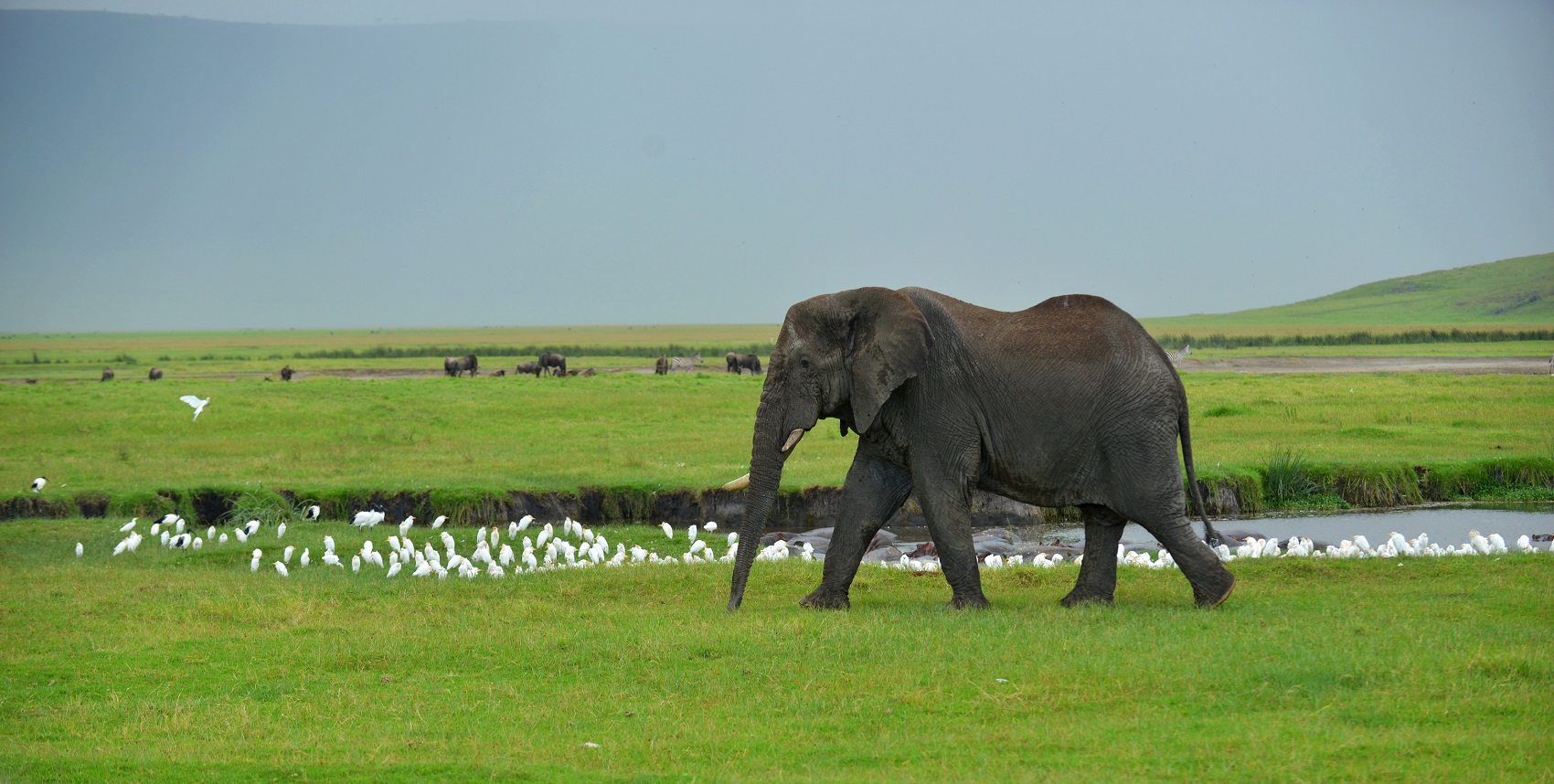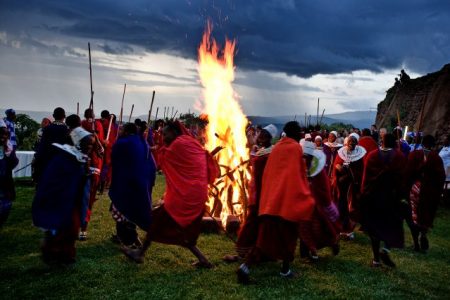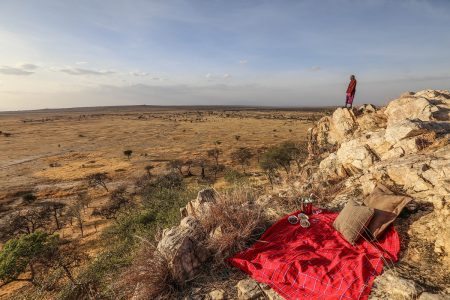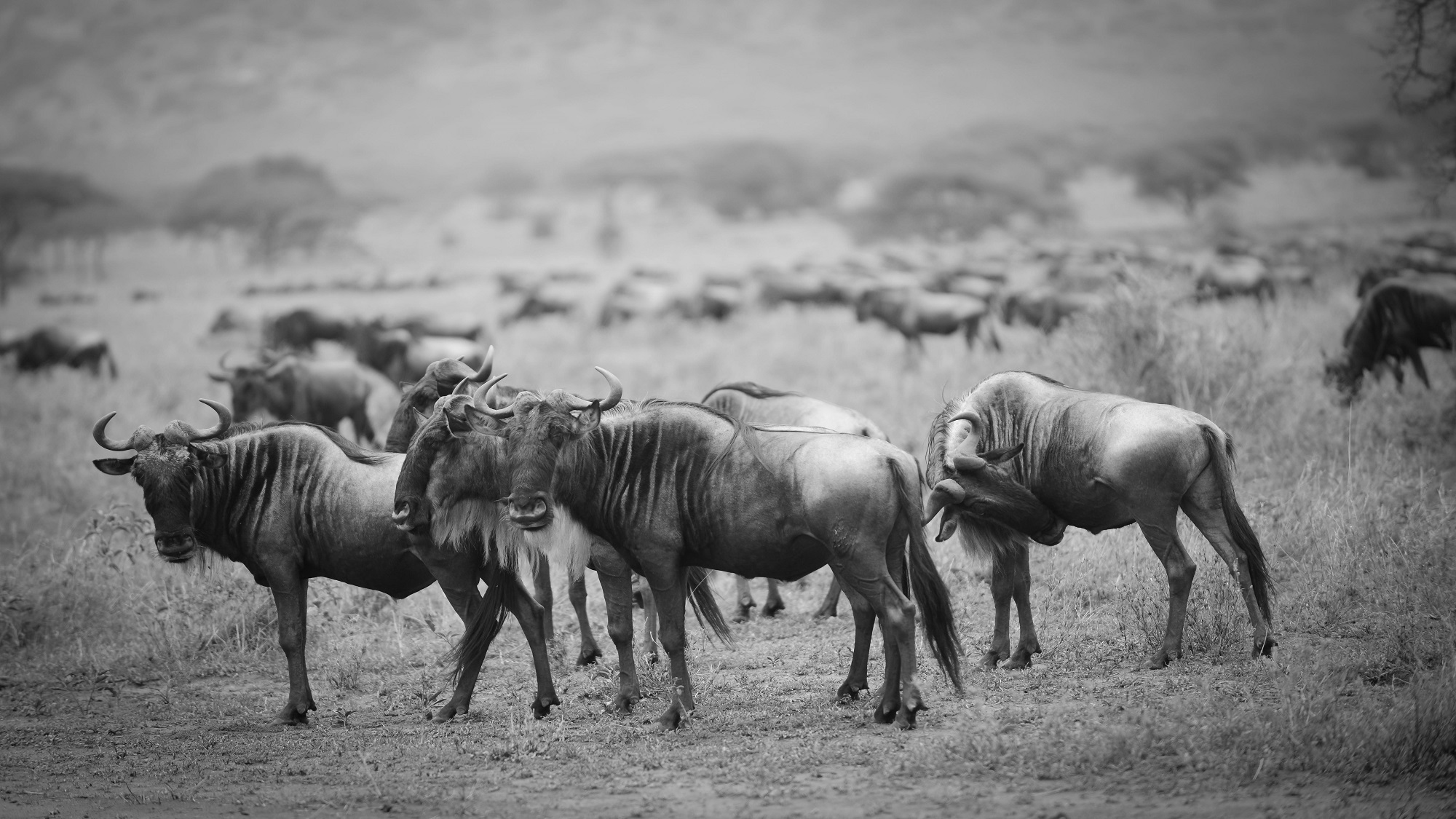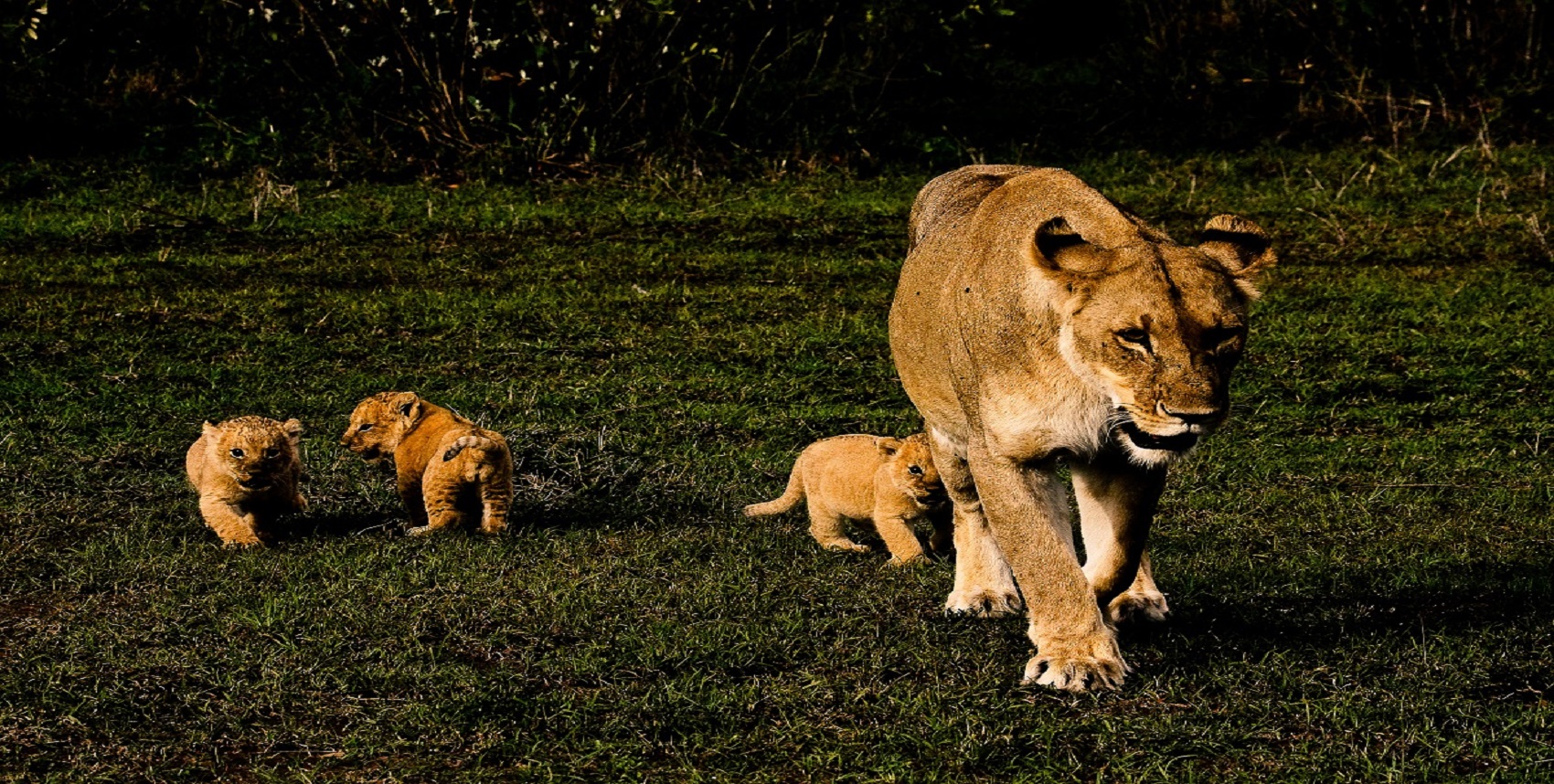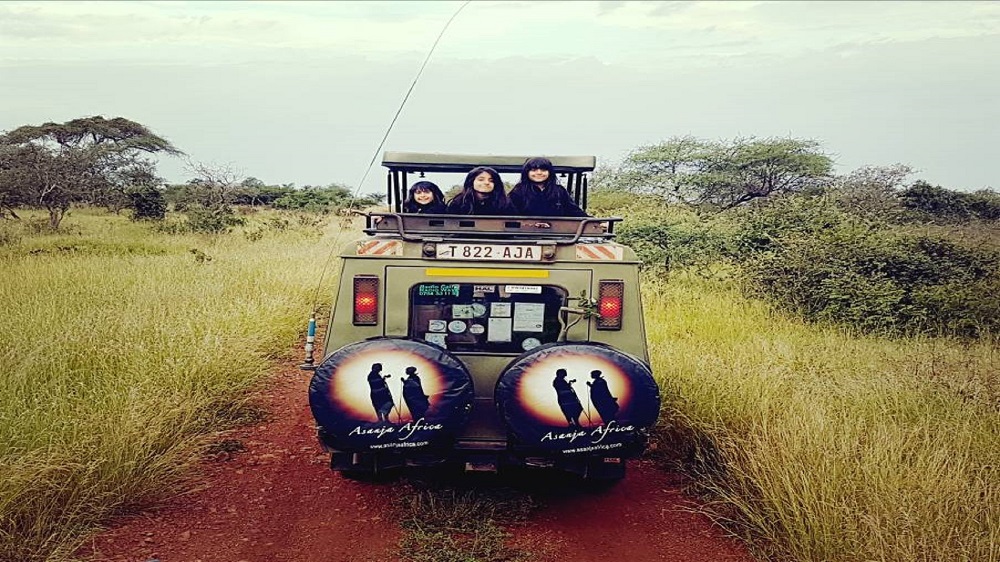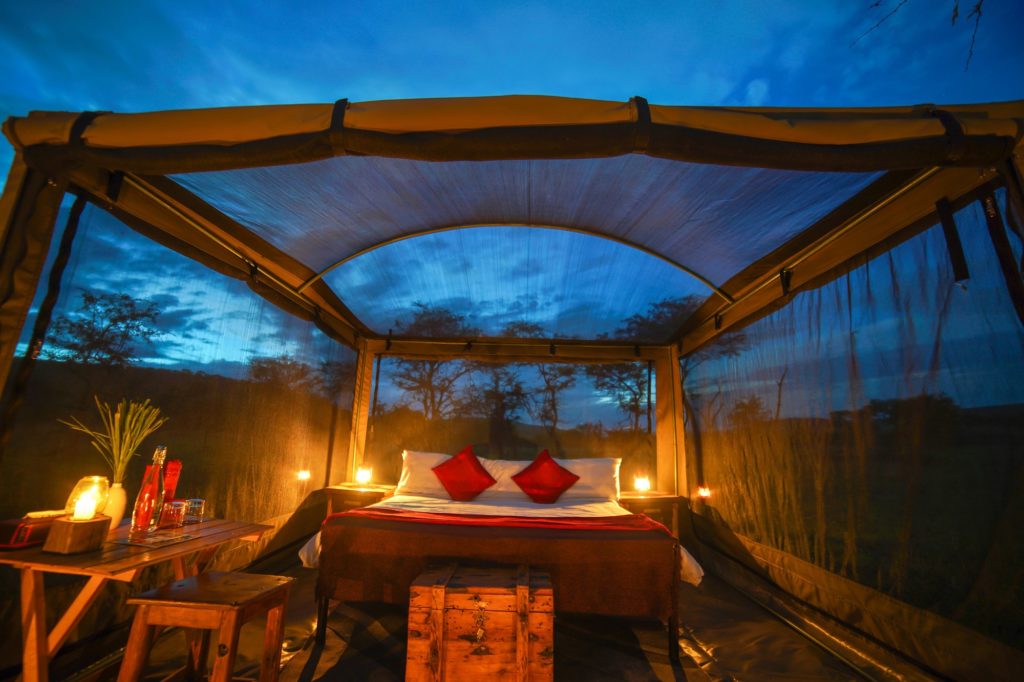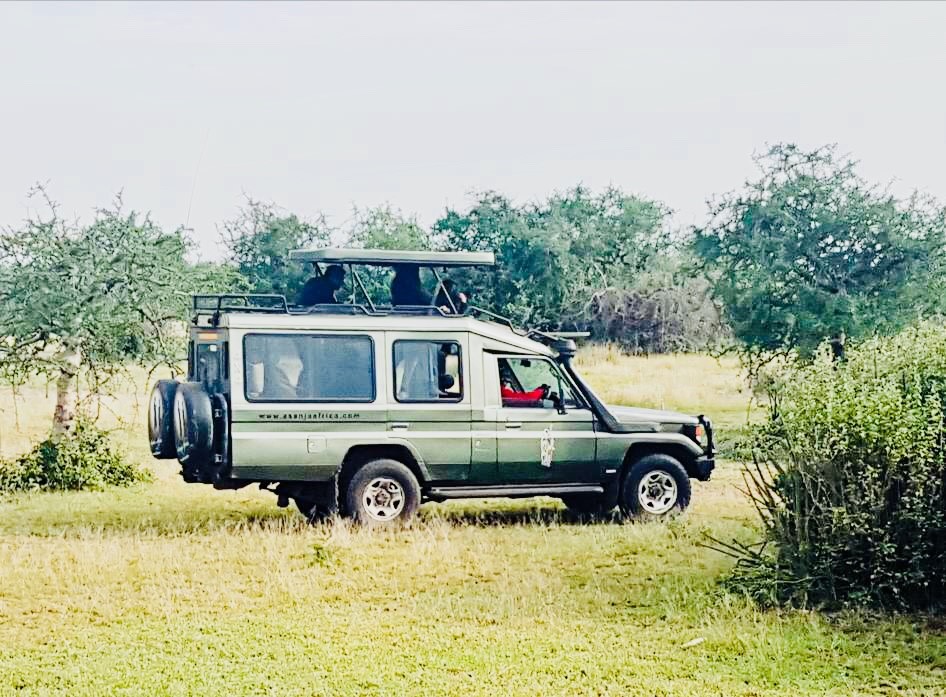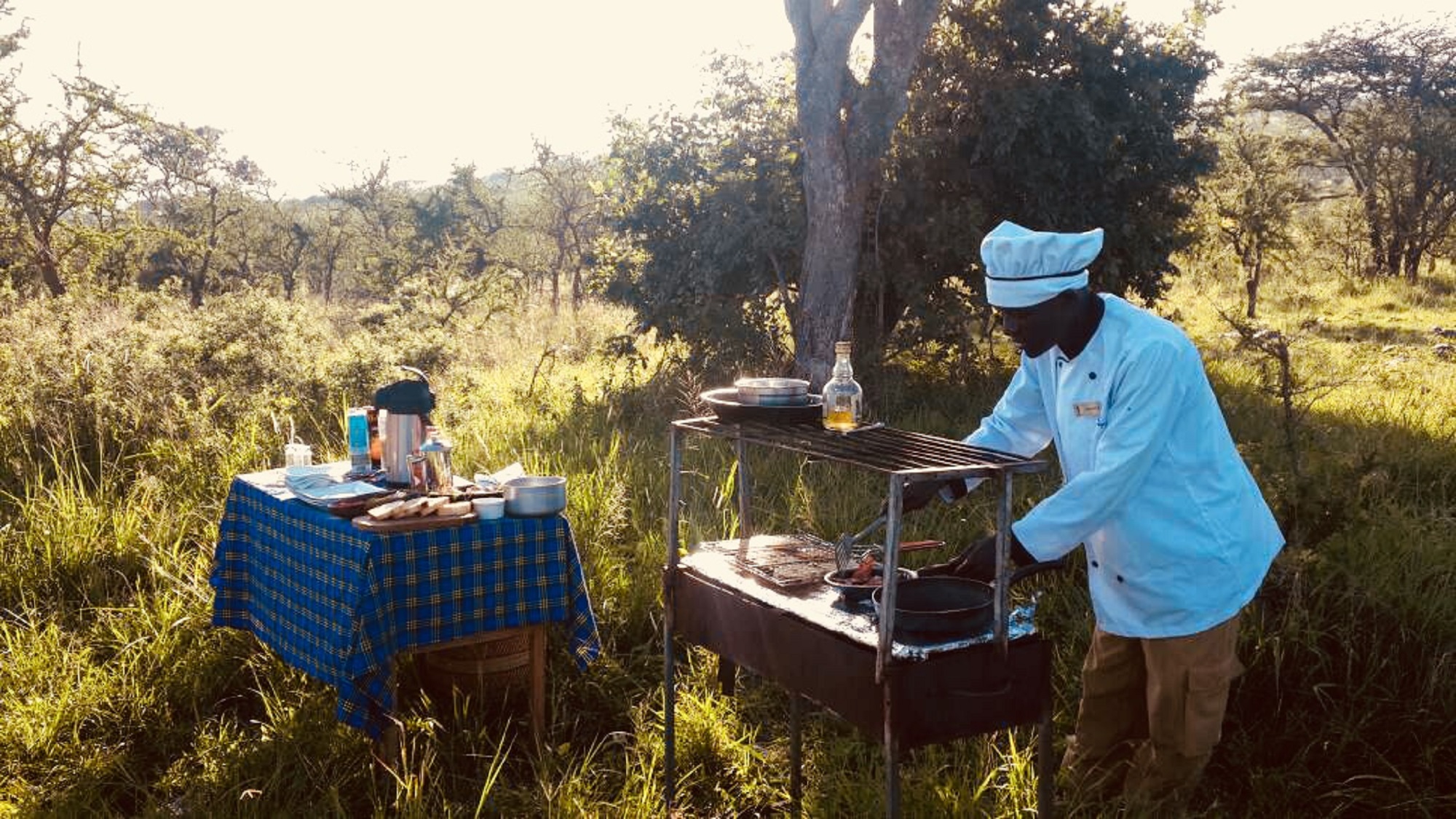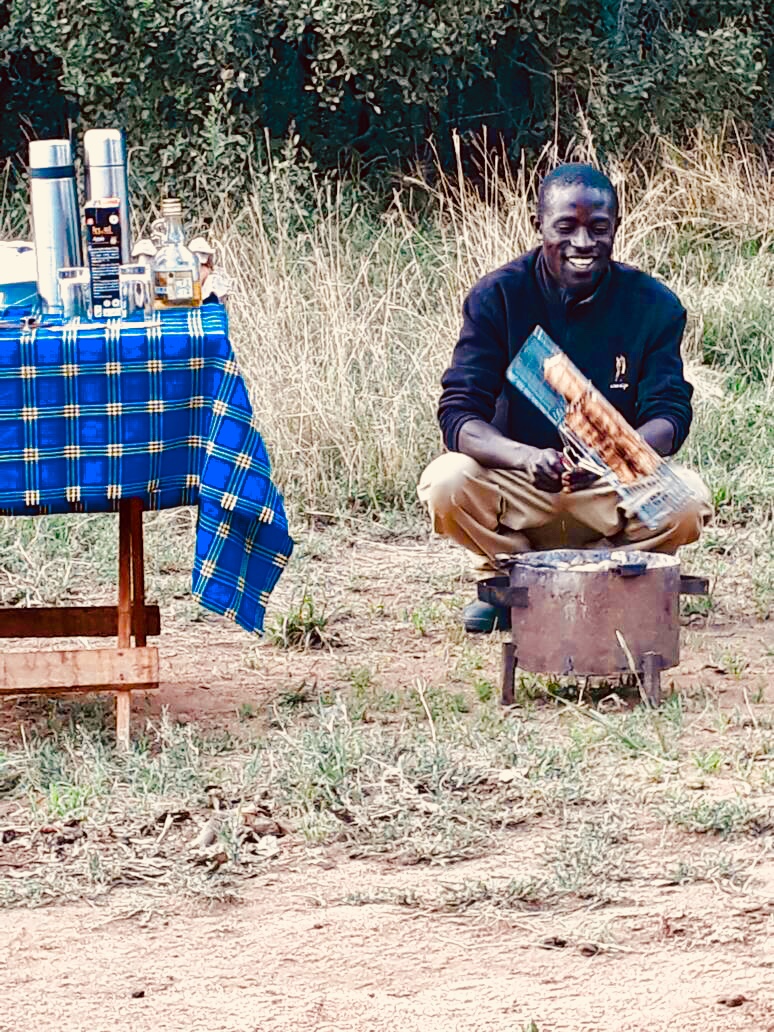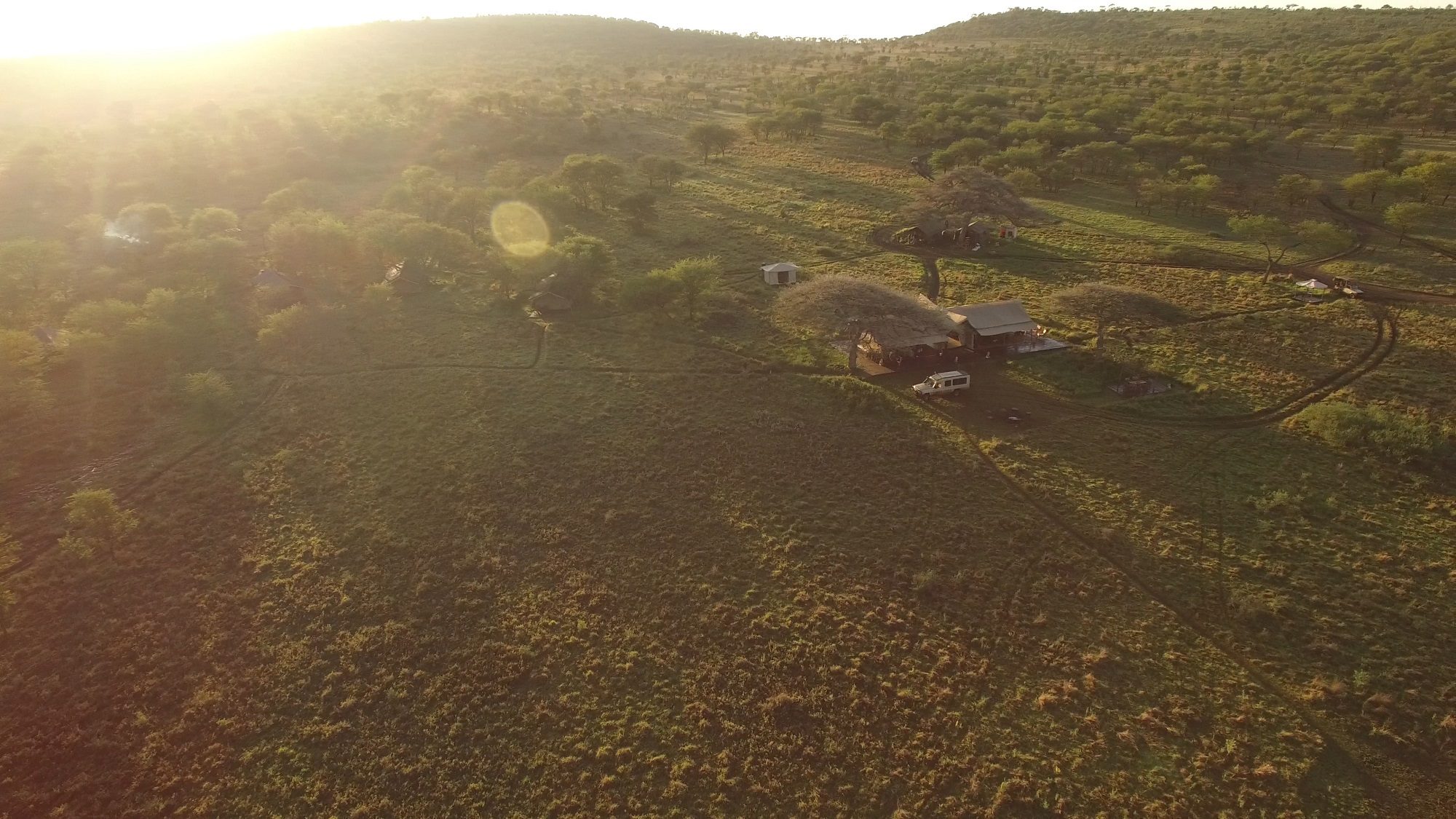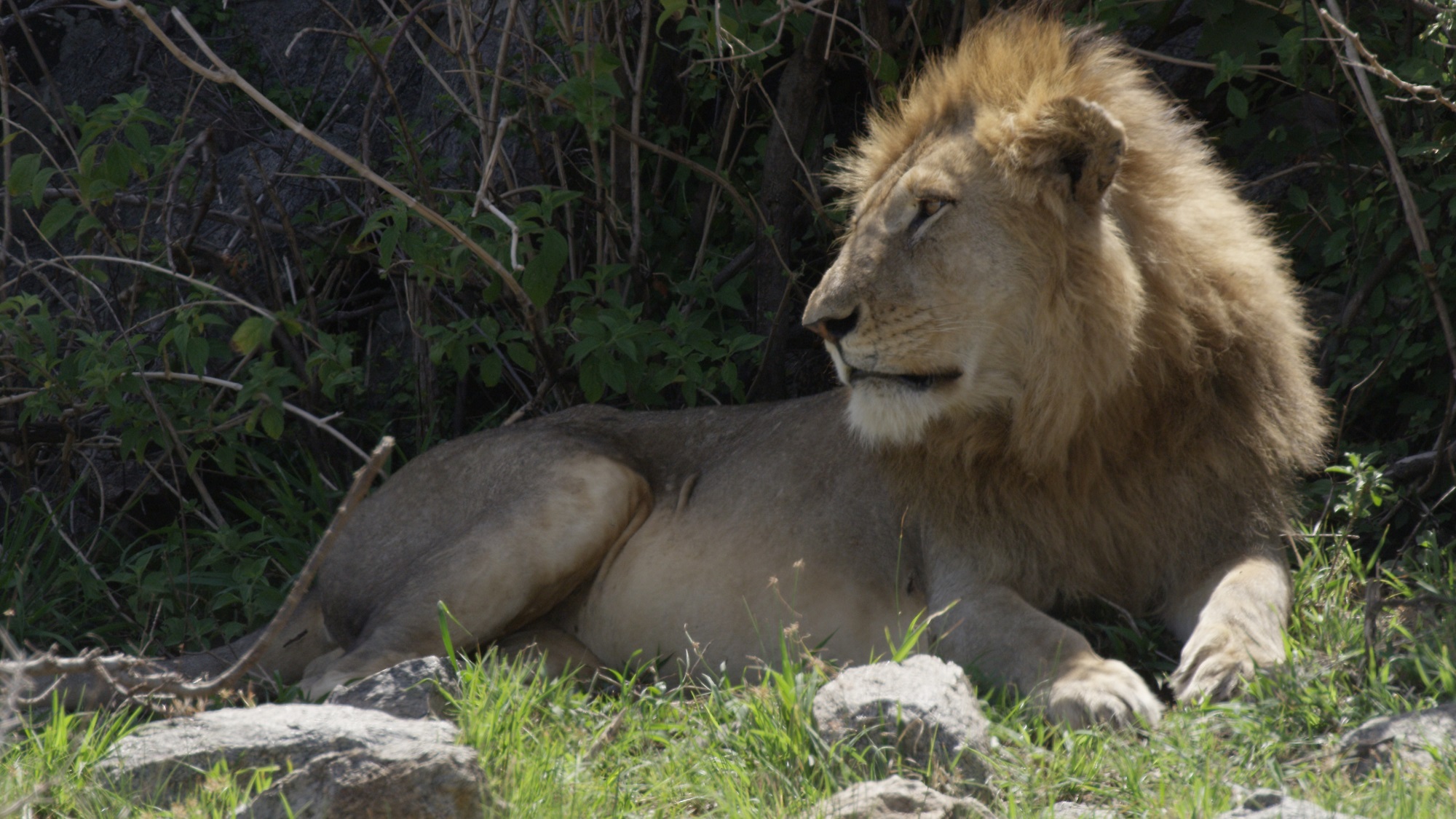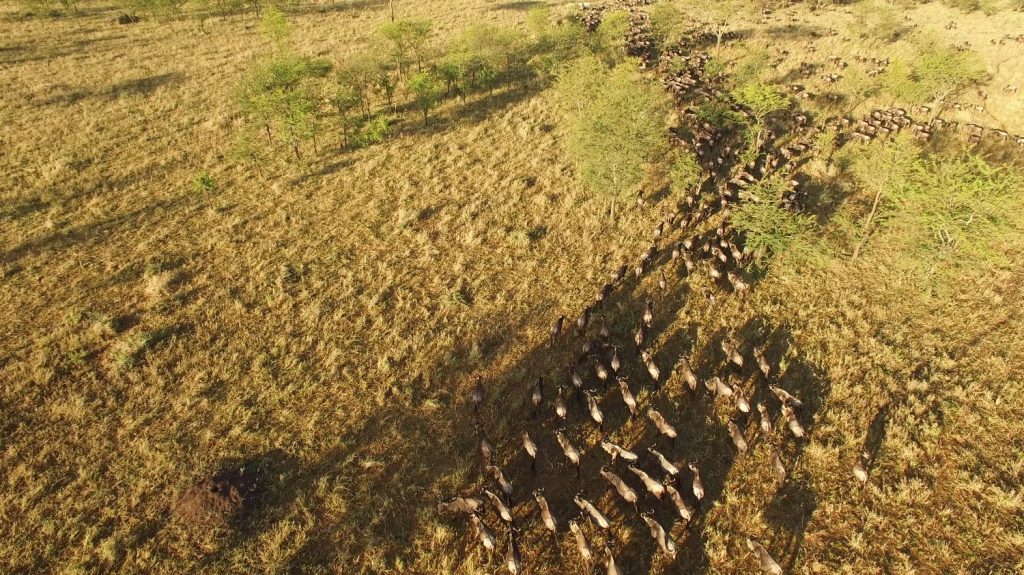Balloon Safari Serengeti
The view of wildlife trails made by generations of animals impossible to see from the ground… That is an incredible Balloon Safari Experience
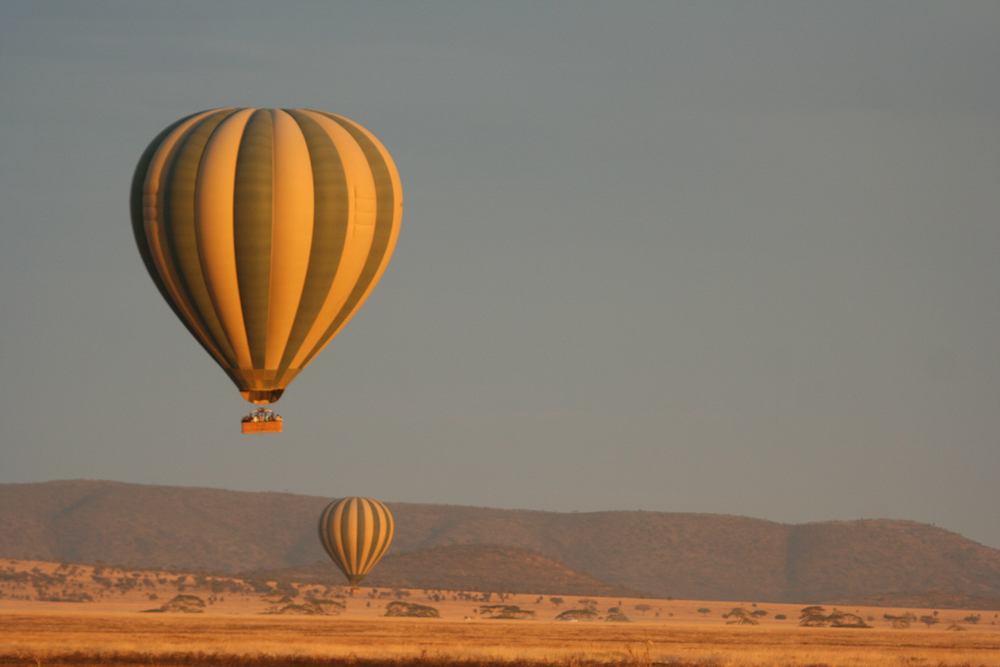
A balloon safari offers an opportunity to see the Serengeti from a unique perspective as you will fly over areas out of bounds to vehicles as off road driving is not permitted in much of the Serengeti.
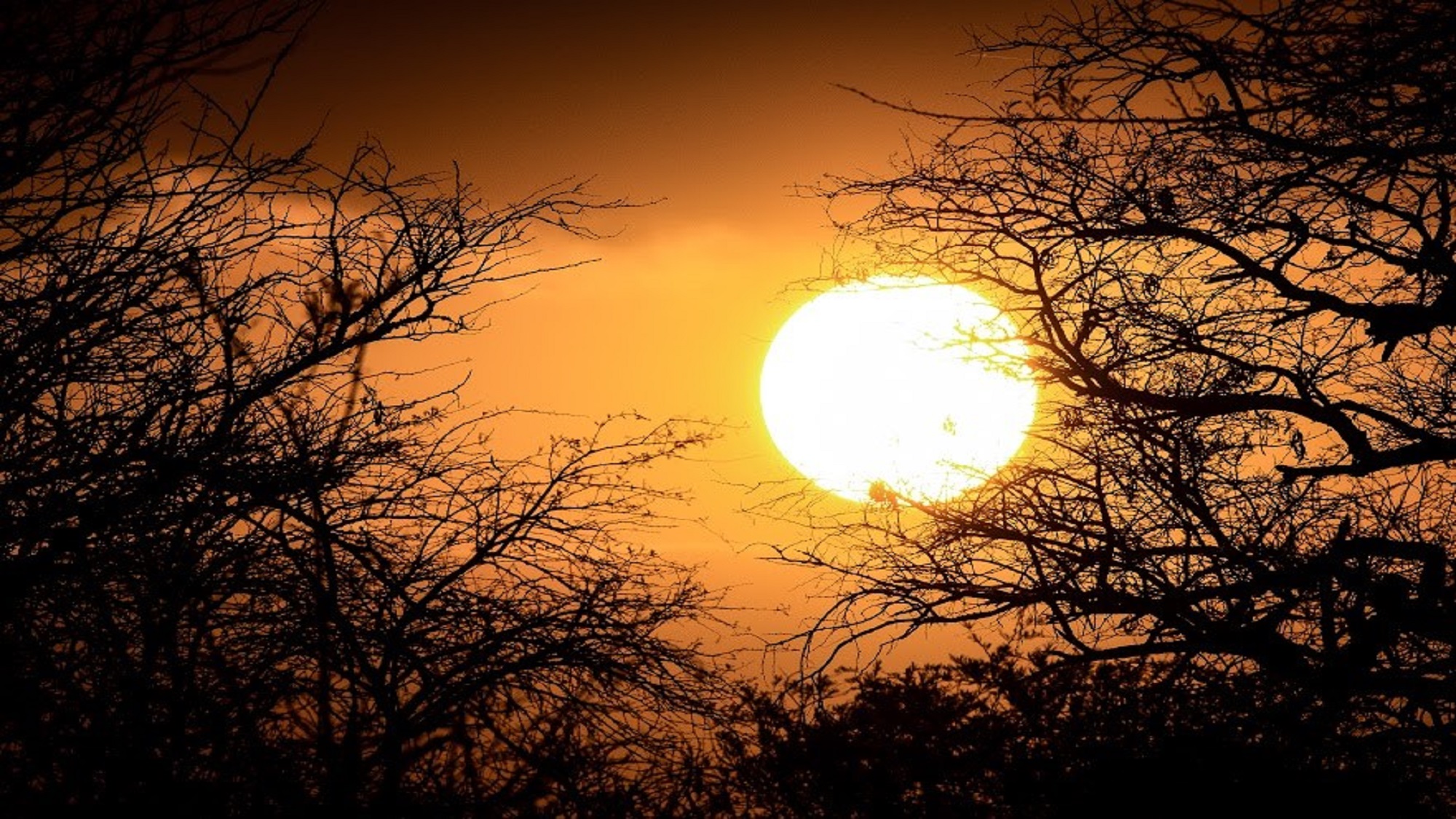
Your Balloon Safari adventure starts early in the morning. The skies would still be dark and you may get to spot some nocturnals at this time. Asanja Team will transfer you to the Balloon Safari launch site. You will meet your pilot while your balloon gets inflated for the safari!
Before you take off, a thorough safety briefing and demonstration of boarding and landing position is given. As the sun rises your balloon rises too floating in the direction of the winds of the day, heading over this wonderful area.
It is an adventure – even for us! Whereas we know where we have started, we genuinely do not know where we will land as we float in the direction of and speed of the wind.
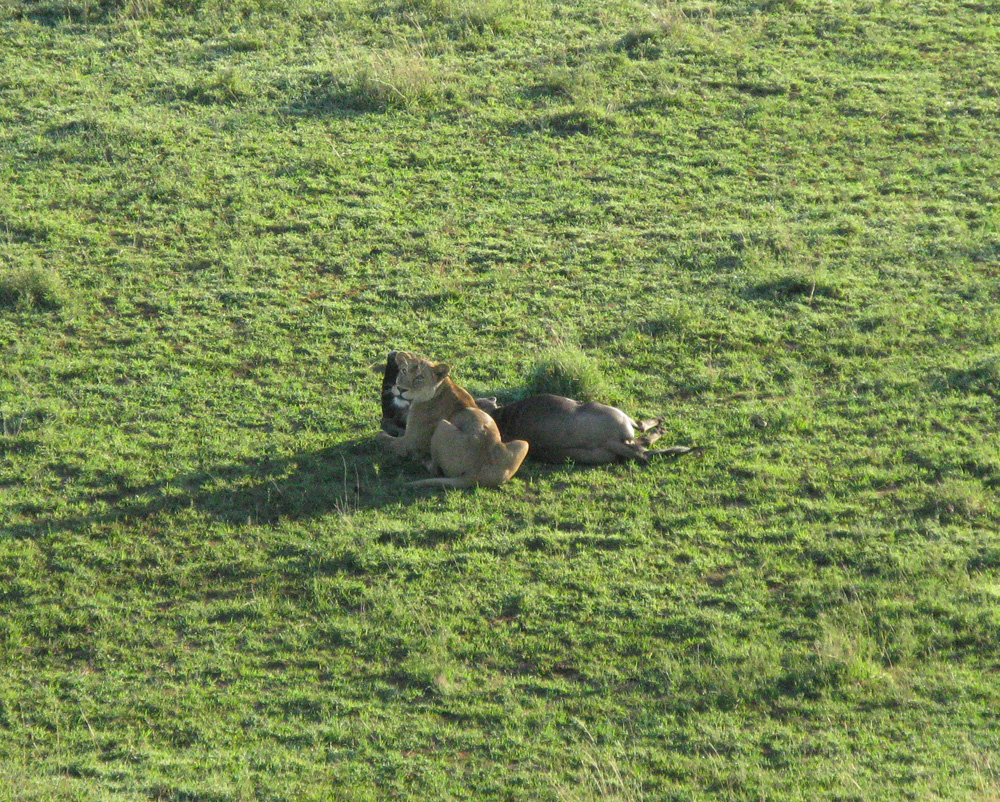
A balloon safari offers an opportunity to see the Serengeti National Park from a unique perspective. You will notice wildlife trails made by generations of animals impossible to see from the ground.
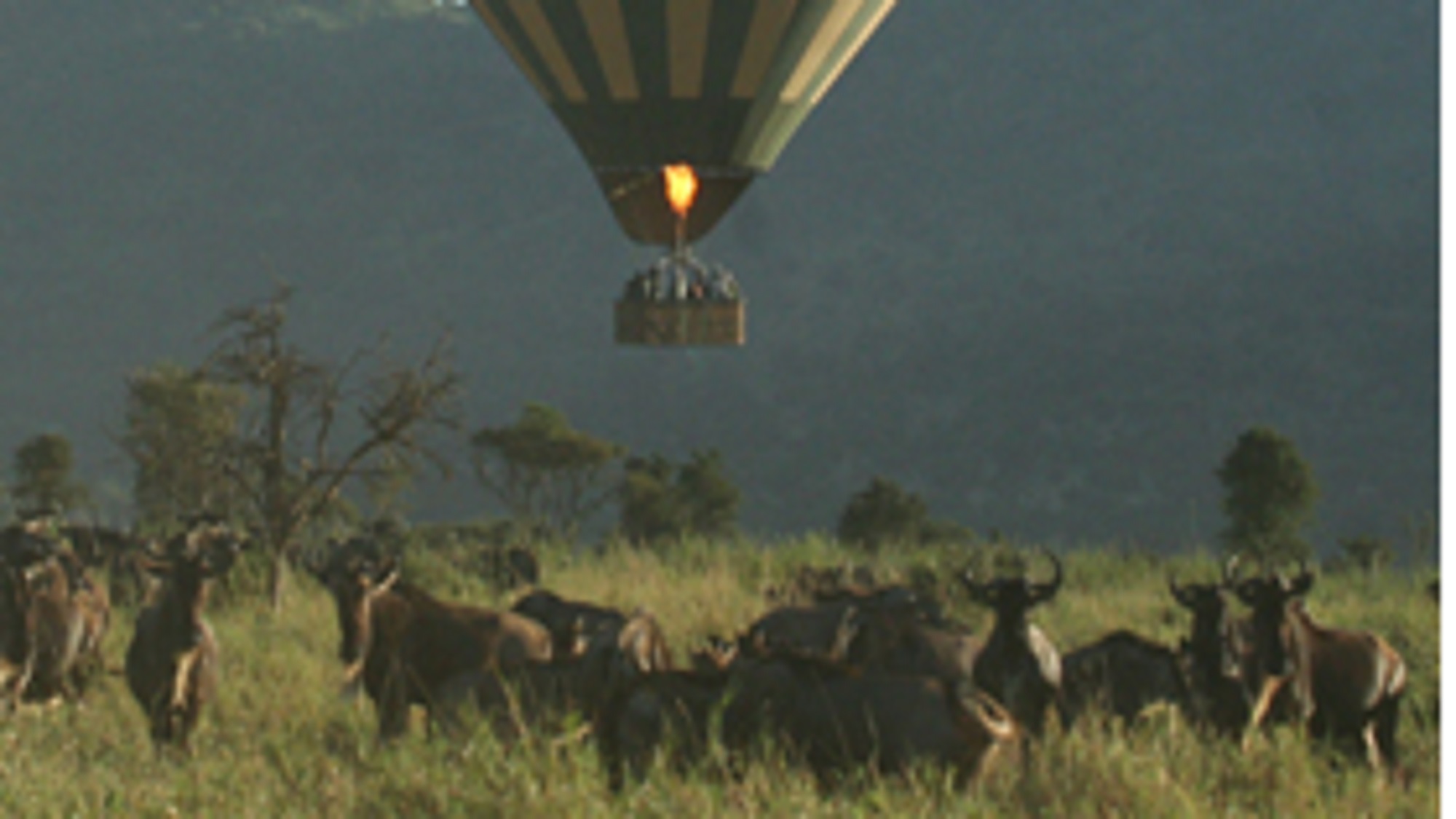
As you float above Central Serengeti you would see the Seronera River -the only river that provides permanent water in this area. The scenic beauty here is immense . Many resident species can be easily spotted here. The open plains, acacia woodlands and river with many hippo pools all together make this a treat for the eyes.
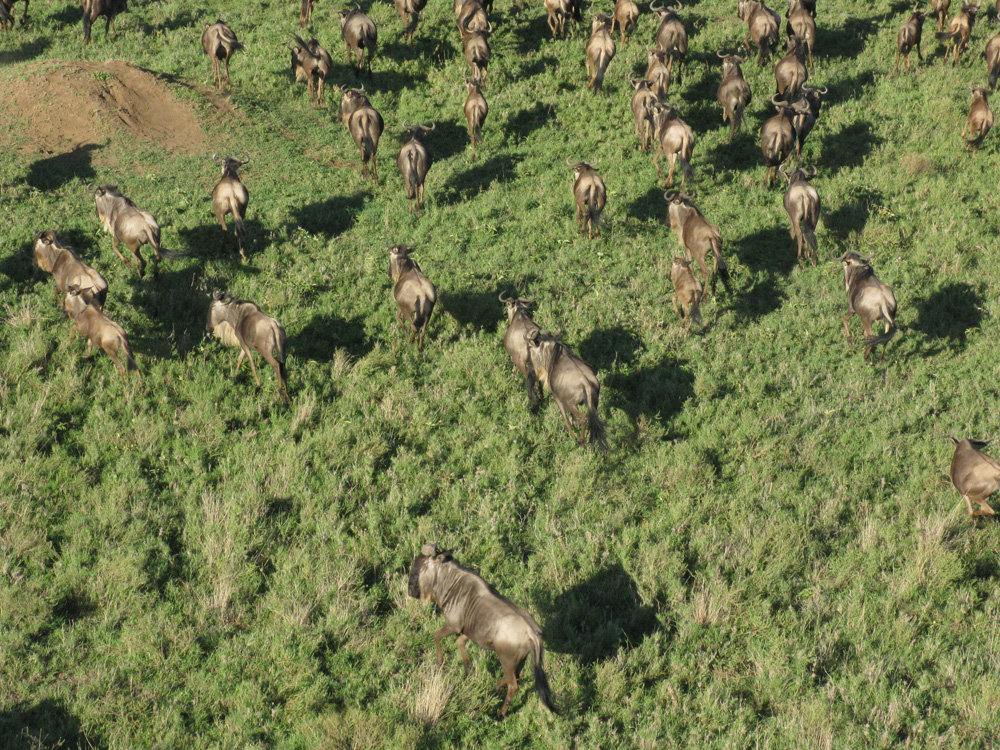
Flying over Serengeti western Corridor close to the shores of Lake Victoria, this lovely stretch is home to varied resident wildlife species. The Grumeti River is home to huge crocodiles and is a formidable barrier to the migrating wildebeest as they attempt a crossing.
Serengeti south– The great migration of wildebeest and zebra can be spotted on the southern plains here December through March.
It is an adventure – even for us… We only know where we have started, we genuinely do not know where the direction and speed of the wind will take us.
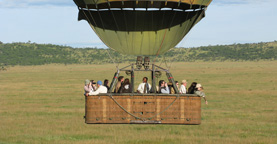
As you land, you will celebrate the completion of your balloon safari with a champagne toast and then head for “Out of Africa’ breakfast”
Your lavish breakfast is prepared and served in the bush with top of the line linen, cutlery and great company of your fellow travellers.
Once the Balloon Safari is over, your Asanja guide will take you for a private game drive around the area.
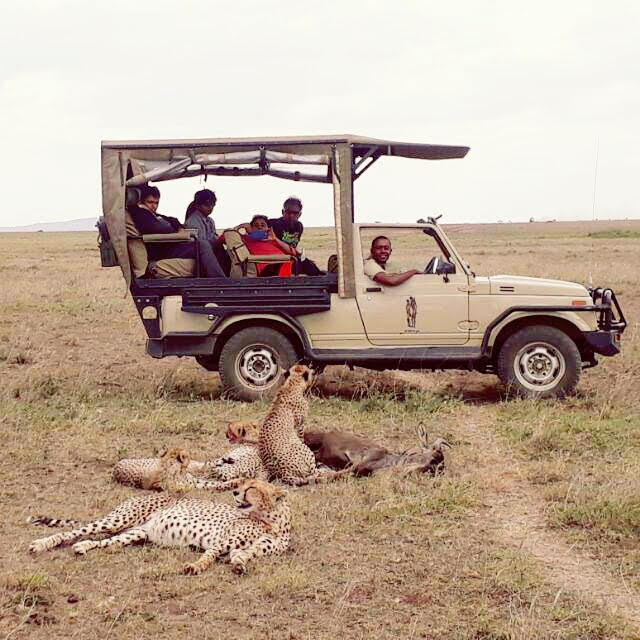
When you return to one of the Asanja Camp, and our chef prepares a BBQ dinner, you sip your drinks and think of a piece of you may always remain in Serengeti!
Contact Us for the most exciting journey of your life…
